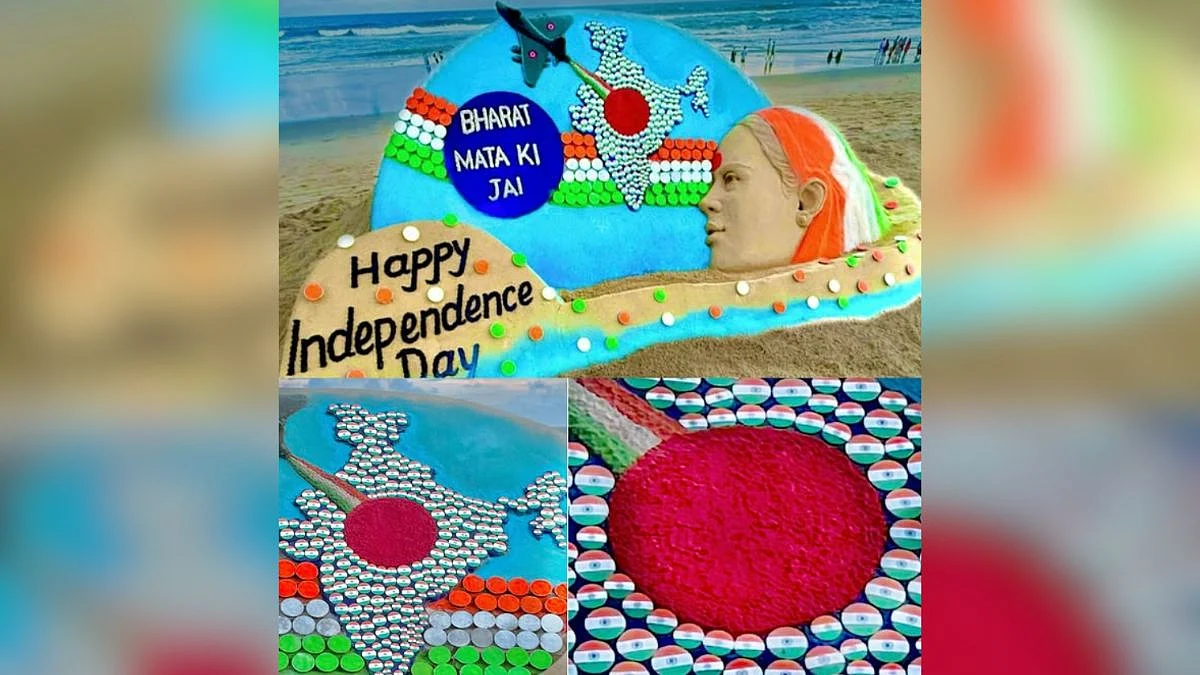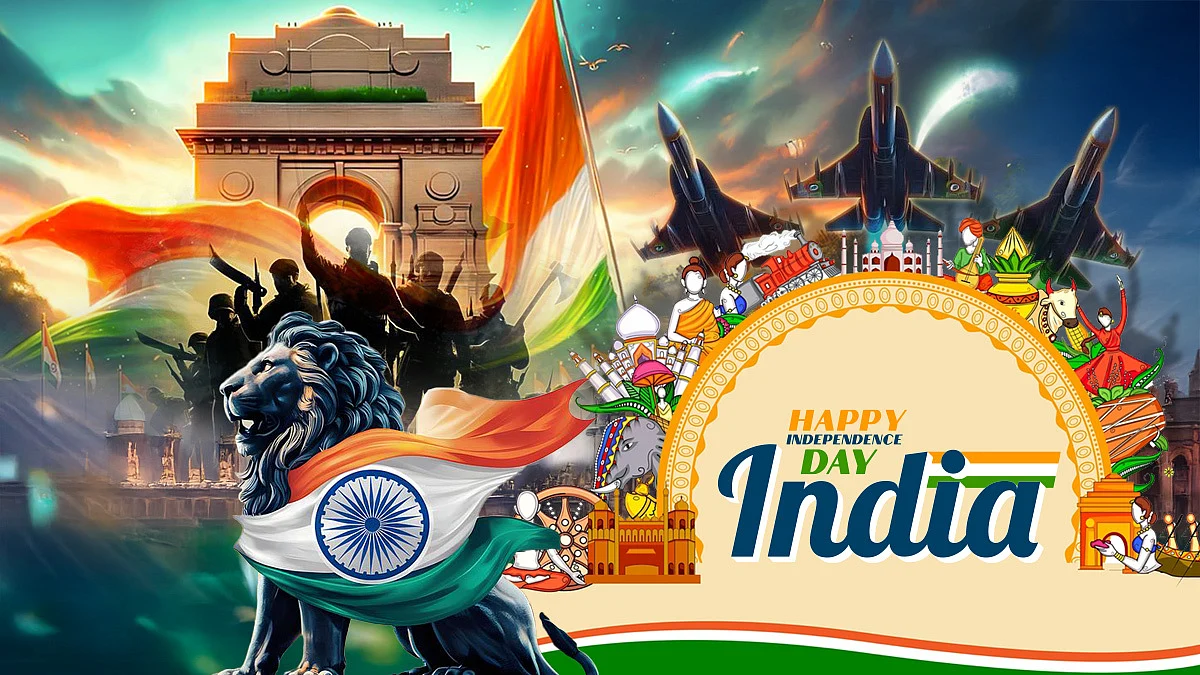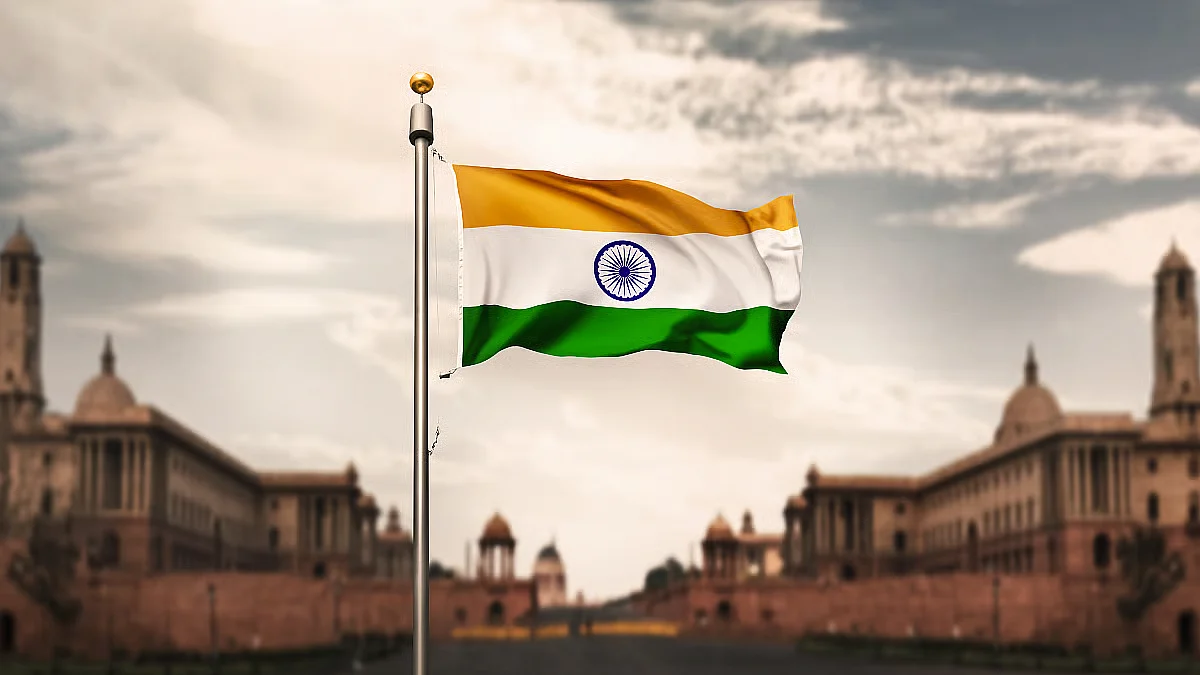Each Independence Day, the Indian national flag flutters proudly in every corner of the country, from the Red Fort to the smallest village. It serves as a powerful reminder of India's unity, resilience, and the long struggle for freedom. But behind this emblem of national pride stands a visionary whose name many don’t know: meet Pingali Venkayya, the man who gave India its flag.
Who was Pingali Venkayya?
Born on August 2, 1879, in Pedakallipalli, a quaint village in Andhra Pradesh’s Krishna district, Pingali Venkayya was a man of curiosity and conviction. His academic journey took him all the way to Cambridge University, but his thirst for experience went far beyond classrooms.
At just 19, Venkayya enlisted in the British Indian Army and took part in the Boer War in South Africa, a chapter that introduced him to Mahatma Gandhi and sparked a lifelong belief in the power of symbols to unite people.

Beyond his contribution to India's freedom struggle, he was a lecturer, author, geologist, agriculturist, educationist, and polyglot. He also established an educational institution in Machilipatnam, reflecting his deep commitment to learning and agriculture.
How Indian national flag came to life
While serving in the military, Venkayya realised the importance of a national flag for India, especially after witnessing Indian soldiers compelled to salute the British flag, Union Jack. This thought deepened in 1906, when he attended the AICC session in Calcutta and saw the British flag raised at Congress meetings, a practice he felt strongly opposed.
He began advocating for a national flag, tirelessly researching the banners of over 30 countries between 1916 and 1921. His studies were compiled into his book 'A National Flag for India', showcasing designs inspired by India's heritage.
The turning point came in April 1921, when Venkayya presented his concept to Mahatma Gandhi at an Indian National Congress session. The original design featured two horizontal stripes, red for Hindus and green for Muslims. On Gandhi's advice, a white stripe was added to represent India's other communities, creating a symbol of inclusivity. It was then modified to replace red with saffron and provide a background for the spinning wheel.
This version was informally used at Congress gatherings from 1921 onward, gradually becoming a unifying emblem for the freedom struggle. Over the years, it evolved, and on 22 July 1947, the Constituent Assembly adopted its final form, the Tricolour we proudly honour today.

FP Photo
Today, every time the Tricolour waves in the sky, it's not just a celebration of freedom, it's also a silent salute to the man from a small Andhra village whose design came to embody the soul of a nation.










